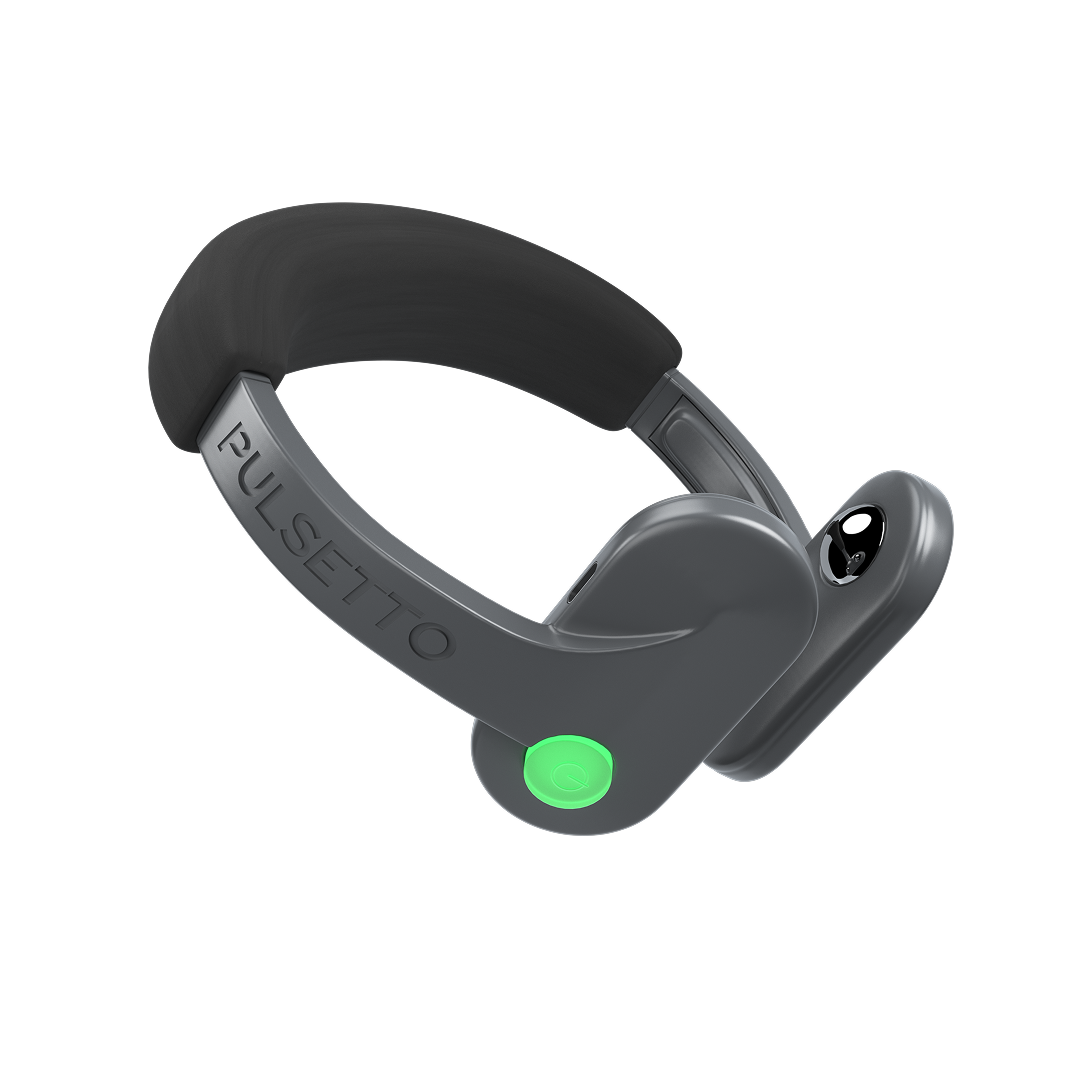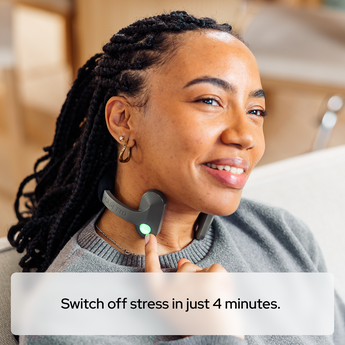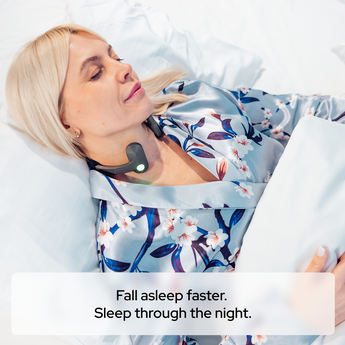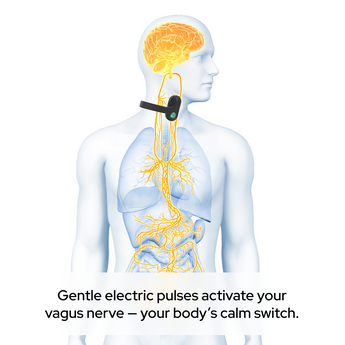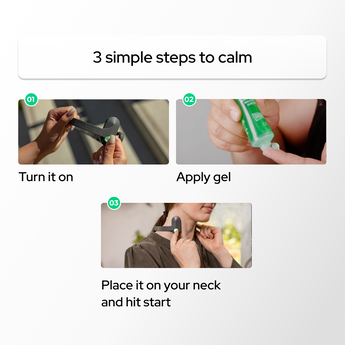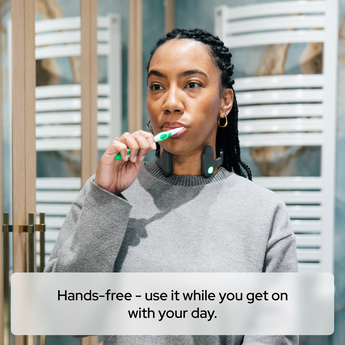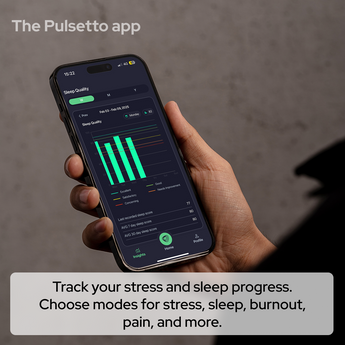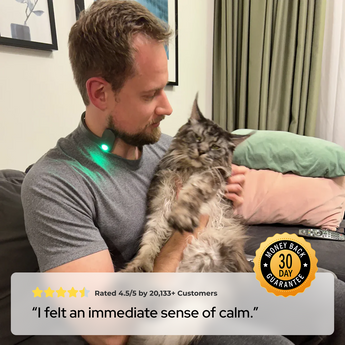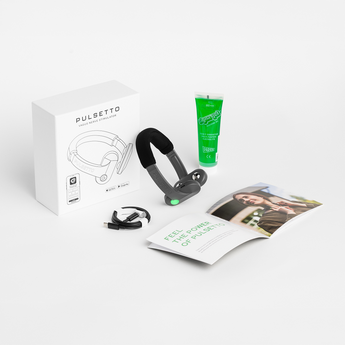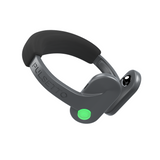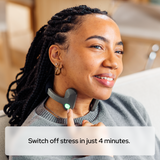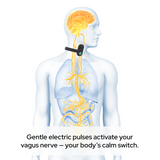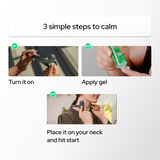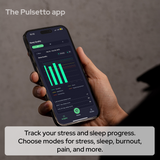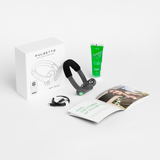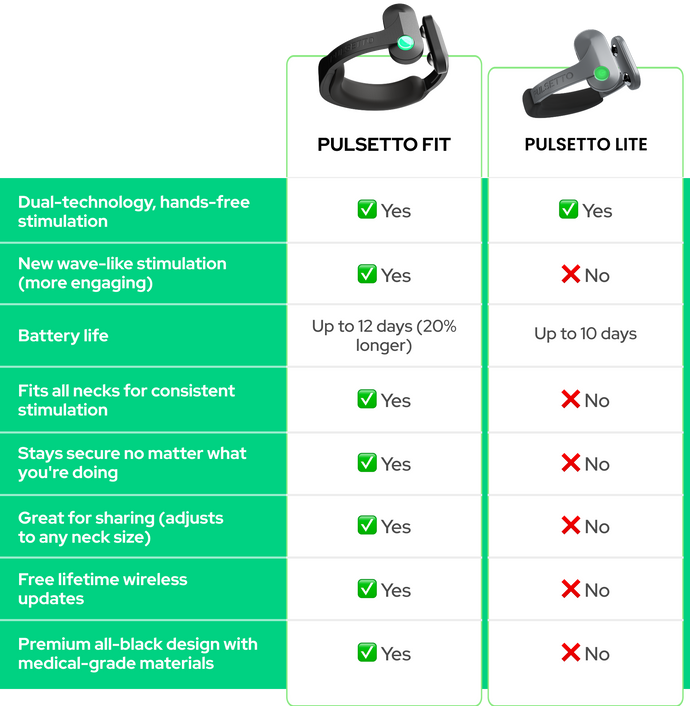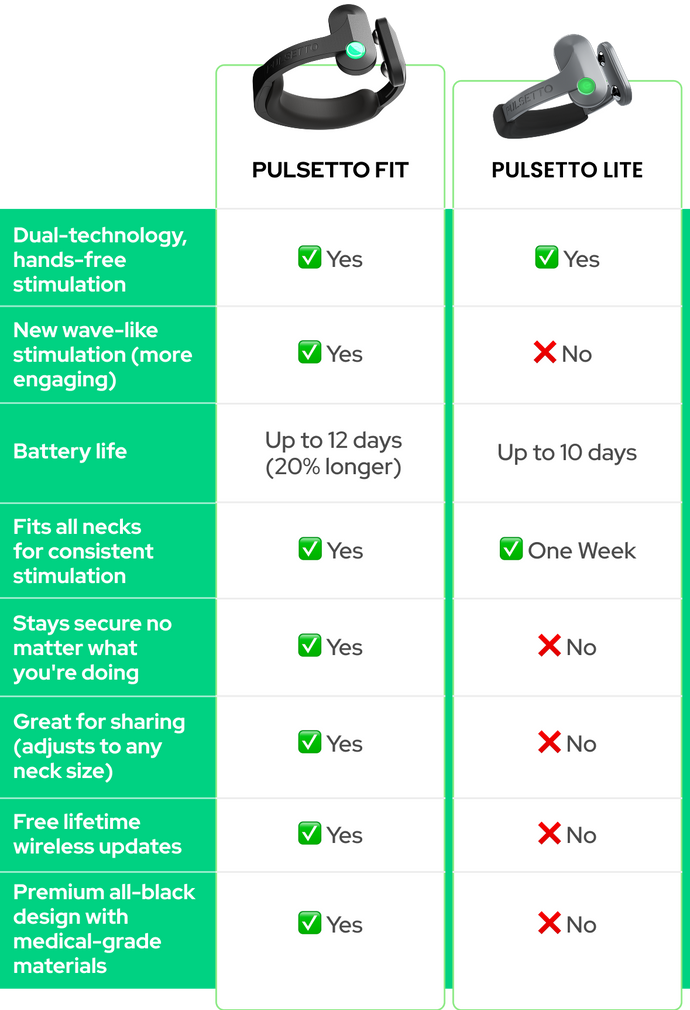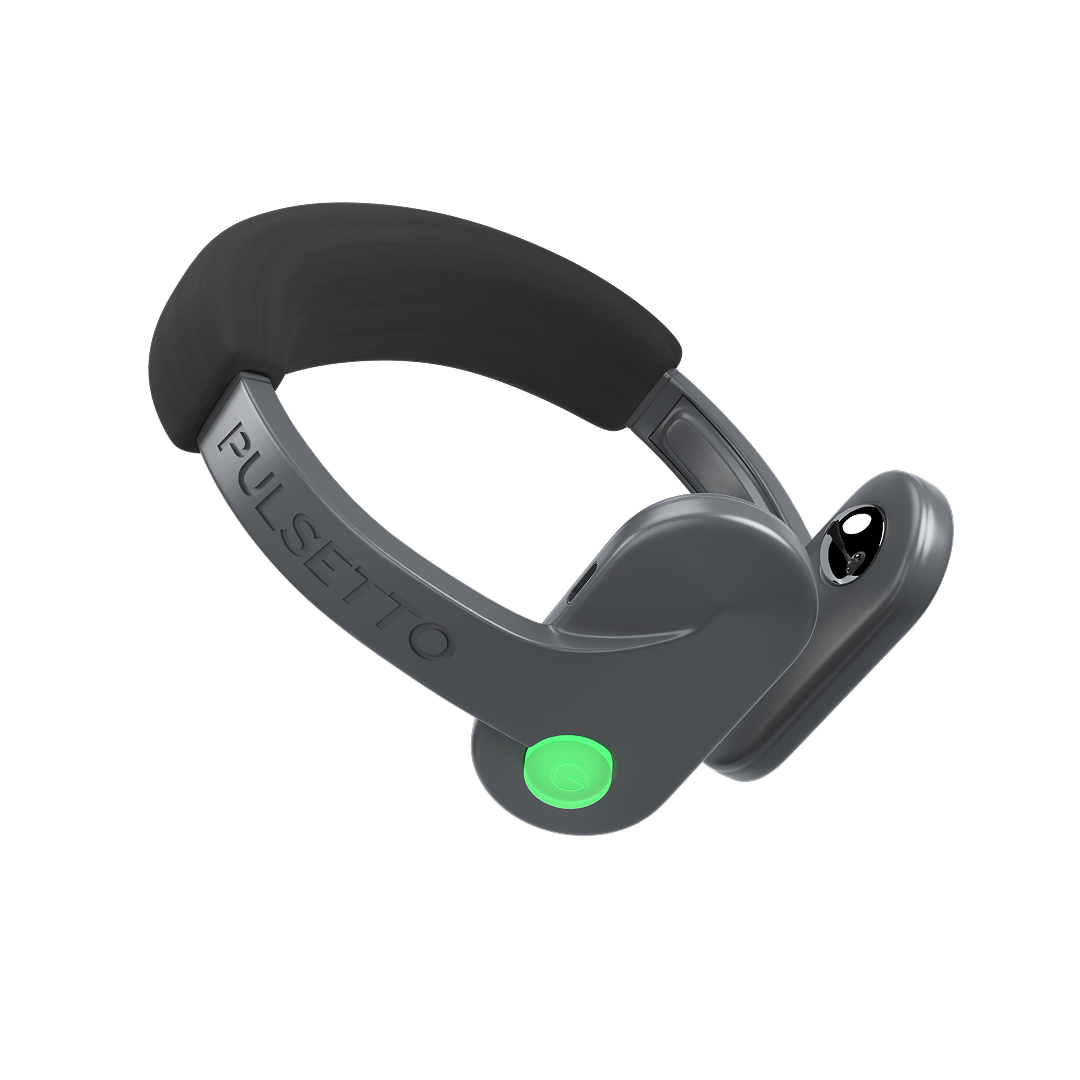Dietary Choices for Better HRV
Nutrient-Dense Foods
Incorporate nutrient-dense foods into your diet to boost your HRV - these foods provide essential vitamins and minerals to support your cardiovascular health:
- Leafy greens like spinach and kale
- Fruits such as berries and citrus fruits
- Lean proteins like chicken, fish, and tofu
- Whole grains such as quinoa and brown rice
- Healthy fats from sources like avocados, nuts, and seeds
Avoiding Processed Foods
Processed foods negatively impact your HRV, as they are often high in unhealthy fats, sugars, and additives that can cause inflammation and stress on the body.
Therefore, try to limit your intake of:
- Fast food
- Sugary snacks and beverages
- Processed meats
- Refined grains
Key Supplements
While a balanced diet should always be your primary source of nutrients, certain supplements can provide additional support:
-
Omega-3 Fatty Acids: Found in fish oil, omega-3s reduce inflammation and improve heart health, which can positively impact HRV.
-
Magnesium: This mineral is crucial for muscle function and relaxation. It can help reduce stress and improve sleep quality.
-
Vitamin D: Adequate levels of vitamin D are essential for overall health.
-
Probiotics: Probiotics help you maintain a balanced gut flora.

A balanced diet is essential for your cardiovascular health, and choosing more nutrient-rich meals can increase your HRV.
Exercises for Improving HRV
Regular physical activity is one of the most effective ways to improve your HRV. However, it's essential to balance your workouts with adequate recovery to avoid overtraining.
Optimal Workout Routine
Your workout routine should include a mix of cardio exercises, strength training, and flexibility work. Consider the following routine:
-
Cardio: Aim for at least 150 minutes of moderate-intensity or 75 minutes of high-intensity aerobic activity per week.
-
Strength Training: Include two or more days of strength training exercises that work all major muscle groups.
-
Flexibility: Incorporate stretching or yoga sessions to enhance flexibility and promote relaxation.
Rest and Recovery
Rest and recovery are just as important as the workouts themselves. Your body needs time to repair and grow stronger, which is reflected in your HRV scores. Ensure you include:
-
Active Recovery: Light activities like walking or gentle yoga promote blood flow and recovery without adding strain.
-
Rest Days: Take at least one or two rest days per week to allow your body to fully recover.
-
Sleep: Prioritize quality sleep.
Tracking Changes with WHOOP
Regularly reviewing your WHOOP data allows you to adjust your training and recovery plans to optimize your HRV. For example, if you notice a dip in your HRV after a particularly intense workout, you might decide to incorporate more rest or active recovery in the following days.
Enhancing HRV with Sleep
Consistent Sleep Schedule
Going to bed and waking up at the same time every day helps regulate your body's internal clock. Here are some tips for maintaining a consistent sleep schedule:
Sleep Environment
- As a rule of thumb, sleep psychologist Michelle Drerup, PsyD, says to keep your bedroom at 60 to 67° F (15 to 19° C) and to think of your bedroom as your “cave.” It should be cool, dark and quiet to enhance your sleep.
- Use blackout curtains or a sleep mask to block out light.
- Limit noise with earplugs or a white noise machine.
- Invest in a comfortable mattress and pillows.

By establishing a consistent sleep schedule, you’ll increase your HRV.
Daily Habits and HRV
Stress Management
Here are some strategies for effective stress management:
- Practice mindfulness or meditation to calm your mind.
- Engage in regular physical activity to reduce stress levels.
- Spend time in nature to relax and recharge.
- Connect with friends and family for social support.
Breath Work
Breathing exercises activate the parasympathetic nervous system, promoting relaxation and improving HRV:
-
Deep Breathing: Take slow, deep breaths to calm your nervous system.
-
Box Breathing: Inhale for four seconds, hold for four seconds, exhale for four seconds, and hold for four seconds.
-
Diaphragmatic Breathing: Focus on breathing deeply into your diaphragm (belly) rather than shallow breaths into your chest.
Cold Therapy
Cold showers or ice baths are common methods of cold therapy - exposure to cold temperatures can stimulate the vagus nerve and improve HRV. Start with short exposures and gradually increase the duration as your body adapts.
Keep the water below 60 degrees - in a typical home shower, make the shower as cold as it can go. Next, start with 30 seconds of cold water. Work up to a minute and progress until you take a cold shower for two to three minutes.
Pulsetto Vagus Nerve Stimulation and HRV
Benefits of Vagus Nerve Stimulation
Vagus nerve stimulation (VNS) can be an effective way to improve HRV. The vagus nerve, the longest cranial nerve, influences various bodily functions, including heart rate, digestion, and immune response. By sending gentle electrical pulses to the vagus nerve, VNS balances your body's stress and relaxation systems - and as a result, you feel calmer and healthier.
So, how does VNS using a device like Pulsetto influence your HRV? This stimulation leads to increased parasympathetic activity, which counteracts the effects of the sympathetic nervous system, thereby reducing heart rate variability.
“Pretty nice device! I’m loving it thus far! Quick and simple setup! Must have the device connected to Bluetooth to be able to use it with the app that must be downloaded. I like that the app gives you different options of music to choose to listen to while using the device. Also, I like that it gives the option of 5 intensity levels to choose, as well! Before using the device, there are a few questions to answer…not difficult at all! Before a session, you can choose what you would like to target…Pain, stress, anxiety; etc… Very soothing actually.” - Client Review

You can use Pulsetto while working or relaxing.
Why Choose Pulsetto
Pulsetto is a device for vagus nerve stimulation that you wear on your neck. It comes with an accompanying mobile app that allows you to control the intensity of the stimulation, track your progress, and even access personalized programs for specific health goals.
Using Pulsetto in combination with the WHOOP Strap can provide comprehensive insights into how vagus nerve stimulation impacts your HRV and overall well-being.
Experience the calming effect of Pulsetto today!
Frequently Asked Questions
What is HRV?
HRV, or heart rate variability, measures the variation in time between each heartbeat. It is controlled by the autonomic nervous system and is an indicator of your overall health and fitness levels.
Why is my HRV score low?
Several factors can contribute to a low HRV score, including stress, lack of sleep, poor diet, overtraining, and illness.
How often should I track my HRV?
It's best to track your HRV continuously using a device like the WHOOP Strap. Continuous tracking provides a comprehensive view of how your daily habits and activities impact your HRV.
Can diet really affect HRV?
Yes, diet plays a significant role in HRV. Nutrient-dense foods, proper hydration, and avoiding processed foods will positively impact your HRV scores.
What supplements help increase HRV?
Supplements like Omega-3 fatty acids, magnesium, vitamin D, and probiotics support better HRV scores by improving overall health and reducing inflammation.
How can vagus nerve stimulation improve HRV?
Vagus nerve stimulation activates the parasympathetic nervous system, promoting relaxation and reducing stress. This activation can lead to higher HRV scores and improved overall well-being.




